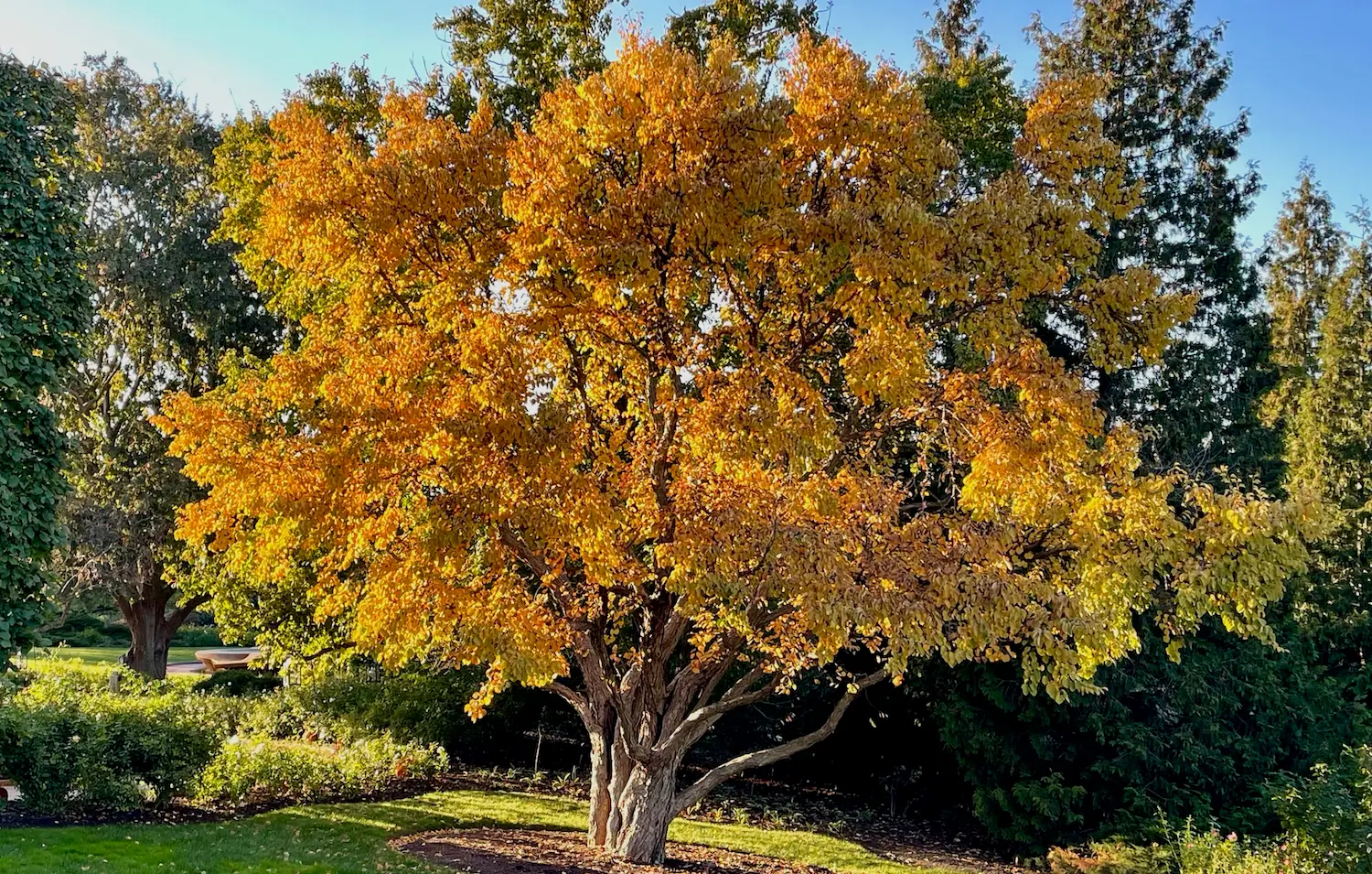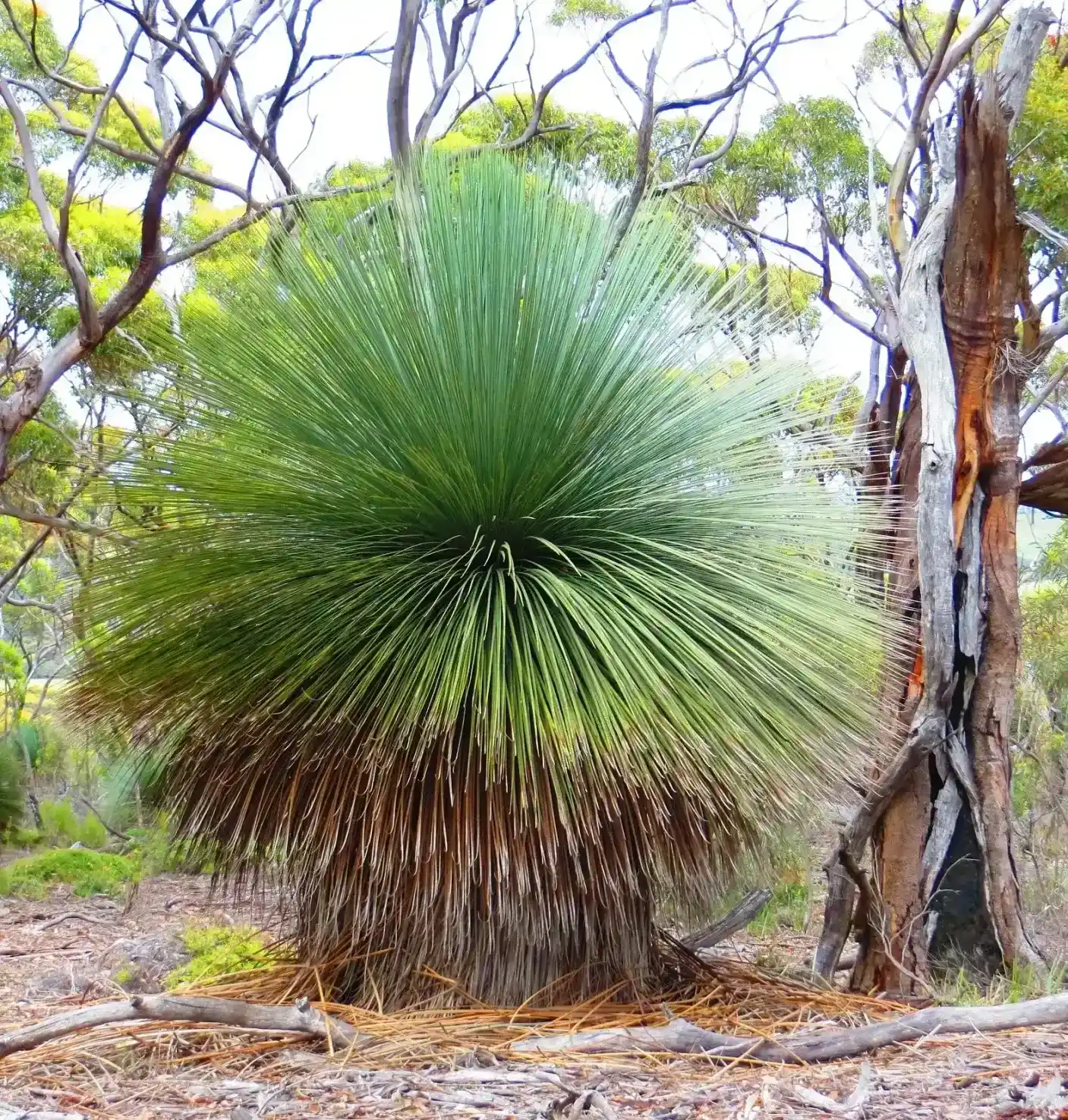
Soil Health & Fertilization
We unite suppliers and green industry professionals worldwide
The Katsura Tree (Cercidiphyllum japonicum) is one of nature’s most charming and versatile trees, beloved for its heart-shaped leaves and beautiful color changes throughout the seasons.
By Victor Miller
|Published on June 16, 2025


“The Katsura Tree is a wonderful reminder that every season has its beauty in it.”
The Katsura Tree (Cercidiphyllum japonicum) is one of nature’s most charming and versatile trees, beloved for its heart-shaped leaves and beautiful color changes throughout the seasons. With the springtime pinkish foliage giving way to golden-yellow leaves in fall, this deciduous tree adds amazing show to any landscape. The smell of the plant in the fall, often compared to burnt sugar or spun cotton candy, makes it all the more attractive.
A fairly easy-to-grow tree overall, the Katsura adapts to a range of conditions, though it prefers nice, moist well-drained soil and partial to full sun. Ideal for huge gardens and landscapes, this tree also provides a strong statement with its graceful stature and year-round interest.
Whether you intend on planting it for the shade, its beauty appeal, or for its sweet smelling leaves, the Katsura Tree is a wonderful addition to any outdoor space.
| Common Name | Katsura Tree |
| Scientific Name | Cercidiphyllum japonicum |
| Type | Deciduous tree |
| Height | 30-50 feet |
| Spread | 20-30 feet |
| Bloom Time | Spring |
| Flower Color | Small flowers, unremarkable, but attractive |
| Foliage Color | Pinkish in spring, green in summer, yellow to golden in fall |
| Sun Requirements | Partial sun to full sun |
| Soil Requirements | Moist, well-draining soil |

September 25, 2025
9 minute read
September 24, 2025
9 minute read
September 23, 2025
10 minute read
September 22, 2025
9 minute read


Join as a seller and connect with thousands of B2B buyers nationwide!
Sign Up

Blackboy
Xanthorrhoea is one of Australia's most recognisable native plants, famous for its striking looks, its slow growth, and its resilience. With its blackened trunk, fountain of grassy foliage, and towering flower spike, it adds an exotic, sculptural element

Strawflower
Xerochrysum, commonly known as the Strawflower, is one of the most spectacular and long lasting native wildflowers of Australia. Its papery petals, vibrant color and extended flowering season have made it a favorite of gardeners and florists for centuries

Daphne
With glossy green leaves and clusters of small, richly perfumed flowers, daphne gives charm and sophistication to the winter garden when little else is blooming. This shrub can be fussy but can offer years of exquisite beauty and scent to those who pamper

Rattlesnake Plant
The Rattlesnake Plant is a tropical show-stopper that brings the rich, colorful patterns of the jungle into your home. Whether paired with other tropicals or simply left to shine alone, this charismatic foliage plant adds a touch of wild elegance to any i
The Katsura Tree is a versatile tree that flourishes in many situations, an excellent option for gardeners of any skill level. Providing a well-drained, moist soil and a full-sun position (although it will also handle a bit of partial shade) is also essential.
Best in full sun to partial shade. To flourish and show its most colorful foliage, the tree needs to grow in a spot that gets at least 6 hours of sun each day.
The trees require damp, well-draining soil. They will adapt to almost every soil type, but prefer slightly acidic to neutral pH soils (6.0 to 7.5); Make sure that your soil allows good drainage, so that it does not get waterlogged.
Katsura Trees should be watered frequently as they grow, particularly in the first few years. Once established, they are reasonably drought-tolerant, but best with steady moisture. Water deeply during dry spells but don’t overwater; this will rot the roots.
The Katsura Tree requires minor pruning to stay healthy and in shape. The ideal time to prune is late winter or early spring before the emergence of new growth.
The Katsura Tree is typically propagated through softwood cuttings or by grafting onto a rootstock.
To propagate via cuttings:
The Katsura Tree are usually grown in the ground because they will eventually become very large, but if you do this correctly, they can be grown in pots for a few years:
While the Katsura Tree will eventually outgrow a container, it can thrive in a pot for several years if it is well-cared-for.
Katsura Trees are cold-hardy down to USDA zone 4, but younger trees or those in pots may require some winter protection.
In early spring before the leaves are fully out, Katsura Tree produces small insignificant flowers. However, these flowers are often overlooked due to the tree’s spectacular foliage and fragrant leaves that develop later in the year. In the fall, the tree's heart-shaped leaves turn a brilliant yellow to golden color, and the scented foliage adds a unique, sweet fragrance to the landscape.
Katsura Trees are generally pest-resistant and relatively easy to maintain, though there are a few things to be mindful of:
Katsura Tree is a tree that catches the imagination with its graceful shape and seasonal color. Ideal for bigger gardens or landscapes, it’s a low-maintenance addition that offers year-round beauty from its heart-shaped leaves in spring to its golden autumn glow. Whether you are planting it for its shade, scent, or aesthetic beauty, the Katsura Tree is a tree that you will love for years to come!
It is slow to moderate in its growth, measuring 12-18 inches of growth a year.
It may be placed into smaller gardens, yet will grow to 30-50 ft high. Consider planting it in a larger space or using it for shade.
Prune in late winter or early spring, before any new growth starts.
Yes, the Katsura Tree is generally deer-resistant and not a preferred target for browsing wildlife.

Soil Health & Fertilization
Victor Miller

Pest Identification & Prevention
Victor Miller

Lawn Care Tips & Maintenance
Victor Miller

Soil Health & Fertilization
Victor Miller

Smart Irrigation Systems
Victor Miller

Patios, Walkways & Driveways
Victor Miller

Soil Health & Fertilization
Victor Miller

Pest Identification & Prevention
Victor Miller
My Account
Our team is always here to help.
We are open Monday - Friday, 9:00 AM to 4:30 PM PST.